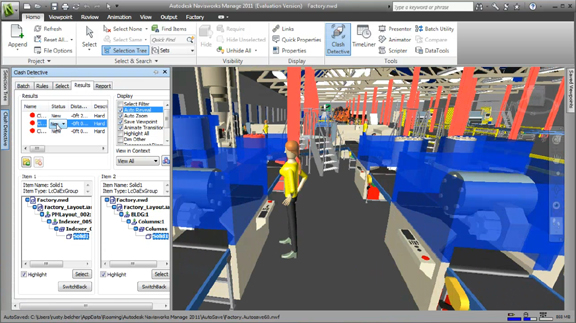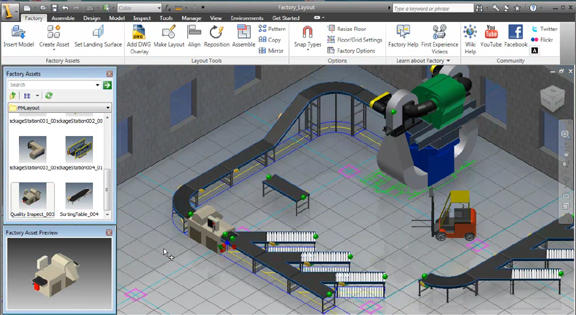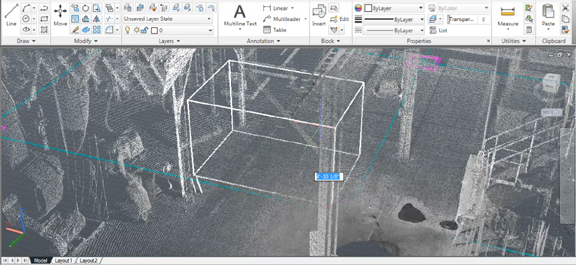Latest News
July 15, 2010



FarmVille, FishVille, PetVille, FrontierVille, YoVille—there are just a handful of the environment simulation and resource management games available on Facebook, all developed by Zynga. (I know about them because my sister is addicted to FarmVille.)
If it were a Flash game of the same genre, Autodesk’s Factory Design Suite might as well be dubbed FactoryVille. But unlike the games mentioned previously, the software bundled in the suite (primarily AutoCAD, Inventor, ad Navisworks) lets you simulate how your factory will look and run using as-build data and schematics.
Someone who had a chance to put the suite to good use is Joel Neidig, a systems engineer at ITAMCO. The company specializes in supplying components to the energy market. A few days ago, the gear grinder that the company ordered arrived from Germany. It took the supplier 18 months to build, assemble, and ship it. Measuring 40 x 40 ft., the giant chunk of metal was expected to vibrate like Doomsday. To keep it in its place, ITAMCO needed to install it on a special foundation.
The gear grinder was to be surrounded by a series of 40-ton cranes, which also needed their own foundation. “As we were engineering [the setup], we realized the cranes’ foundation might interfere with the machine’s foundation,” recalled Neidig. So Neidig used the Factory Design Suite to digitally create and test the layout—before sending a digging crew to the site.
“We were able to design multiple layout options to decide on,” noted Neidig. “We actually did animations of them.”
ITAMCO factory data is archived in a combination of 2D and 3D AutoCAD files. “Some suppliers will send us a 3D model of the machine, so we can just import it,” noted Neidig, “but this one didn’t, so we redrew the machine ourselves.”
Shibai Bagchi, an Autodesk product manager, noted, “In the past 6-8 months, with the economy reviving, a lot of customers have increased manufacturing orders. So that creates a need for them to retool and redesign their factory layouts. These customers are looking for solutions to tell their layout stories in a visual way.”
The logic behind the bundle is: Factory planners and facilities managers are already using AutoCAD to draw and update schematics and floor plans; most heavy mechanical objects are designed in Inventor; so data from both sources can be imported into Navisworks to produce realistic, accurate factory models in 3D, ready for simulation, clash detection, and point-cloud data overlay. Furthermore, Navisworks lets you place red lines annotations in the 3D factory setup for engineering reviews.
The suite ships with 75 families of factory content, according to Bagchi. This lets you drag and drop stairs, conveyor belts, mezzanines, safety fences, and other elements onto your 2D drawings. “You don’t need to be a 3D modeler to understand how to use this, like how to align faces and to put machines on the floor.”
“We see many customers having difficulty designing complex layouts in 2D,” noted Bagchi. “You have lots of elevation changes, conveyors at different heights, and overhead equipments like pipes and tubes. So during the installation phase, they run into unforeseen issues.”
Along with the Factory Design Suite, Autodesk is also releasing a Plant Design Suite. These suites are created with existing Autodesk products and complementary utilities. No new software packages are included in them.
For more, watch the video report below:
Subscribe to our FREE magazine, FREE email newsletters or both!
Latest News
About the Author
Kenneth Wong is Digital Engineering’s resident blogger and senior editor. Email him at [email protected] or share your thoughts on this article at digitaleng.news/facebook.
Follow DERelated Topics






